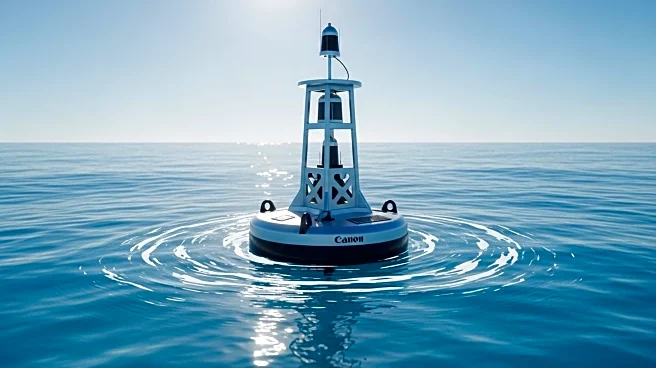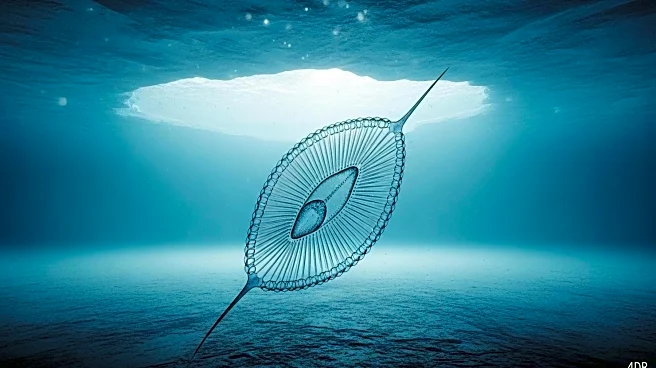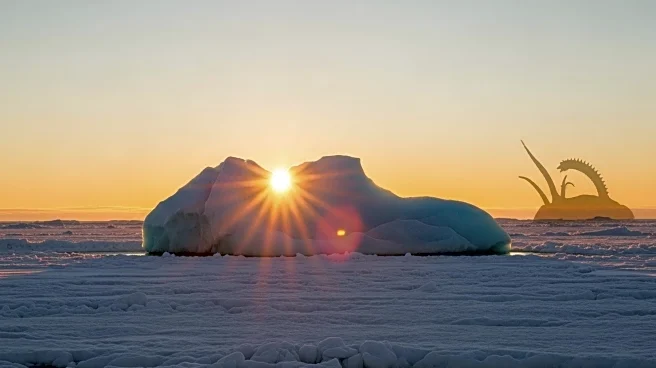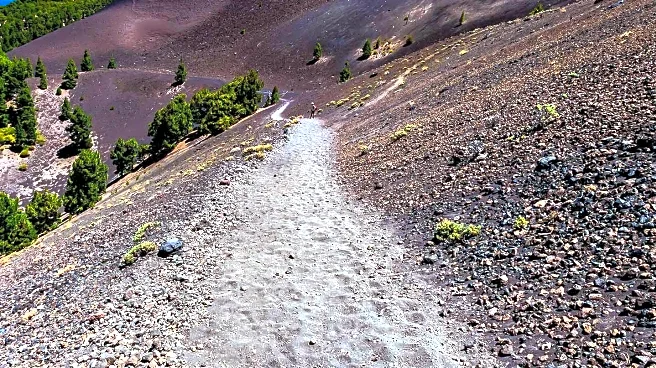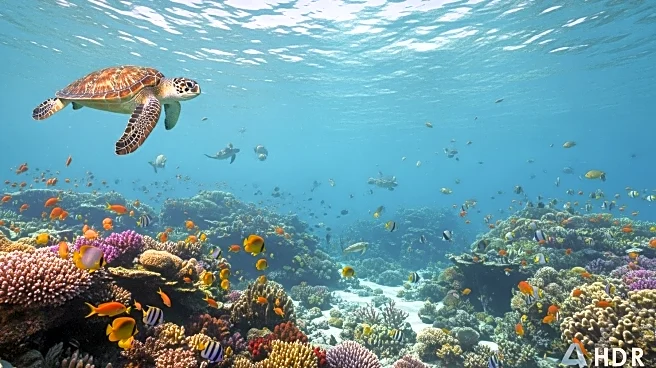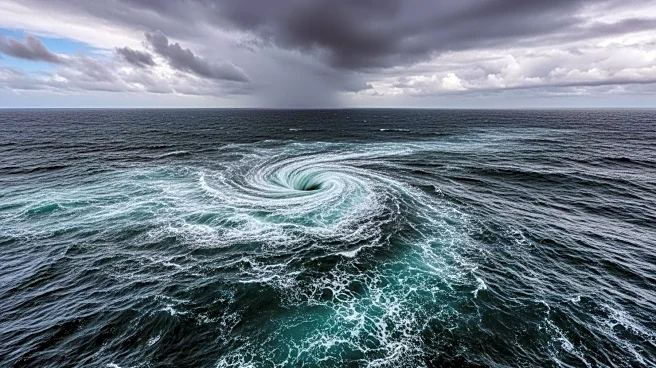What is the story about?
What's Happening?
Researchers from the British Antarctic Survey have identified the DNA of an invasive barnacle species in the Arctic waters of Canada, suggesting that the region's natural thermal barrier is diminishing due to climate change. The study, published in Global Change Biology, marks the first evidence of a non-native barnacle species in these waters. The barnacle, Amphibalanus improvisus, is known for causing biofouling in European and Pacific waters. The detection was made using environmental DNA (eDNA) collected from cruise ships navigating busy Arctic shipping routes. The increase in shipping traffic, up by 250% since 1990, is believed to be a significant factor in the introduction of invasive species to the Arctic.
Why It's Important?
The presence of invasive species in the Arctic could have profound ecological impacts, disrupting local marine ecosystems and infrastructure. The warming Arctic waters, a result of climate change, are losing their ability to prevent the establishment of non-native species. This development highlights the broader environmental challenges posed by climate change, particularly in sensitive regions like the Arctic. The increase in shipping traffic due to reduced sea ice further exacerbates the risk, as ships can carry invasive species in their ballast water and on their hulls. This situation underscores the need for international cooperation in managing shipping practices and protecting vulnerable ecosystems.
What's Next?
Scientists will continue to study the detected barnacle to determine if it represents transient larvae or an established breeding population. This research will inform future conservation strategies and policies aimed at mitigating the impact of invasive species in the Arctic. Additionally, there may be increased scrutiny on shipping practices and potential regulatory measures to prevent further ecological disruption. The findings could also prompt further research into the effects of climate change on Arctic biodiversity and the development of adaptive strategies to protect these environments.
Beyond the Headlines
The detection of invasive species in the Arctic raises ethical and legal questions about the responsibility of nations and industries in preventing ecological harm. It also highlights the long-term shifts in global shipping routes and the potential for increased geopolitical interest in the Arctic as it becomes more accessible. The study serves as a reminder of the interconnectedness of climate change, global trade, and environmental conservation, urging stakeholders to consider sustainable practices.
AI Generated Content
Do you find this article useful?


